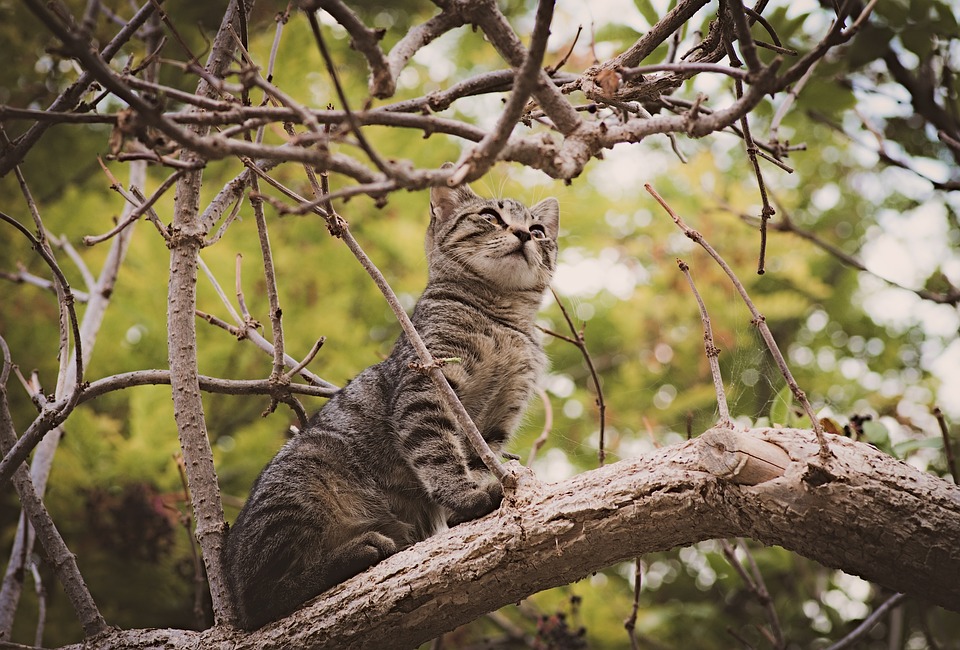*by [Your Name]*
Introduction:
Cats are known for their fastidious grooming habits, but did you know that certain synthetic fabrics can pose a hidden danger to your feline friend? In this article, we will explore the potential risks associated with over-grooming synthetic fabrics and provide you with valuable insights to keep your cat safe and healthy.
I. Understanding Over-Grooming in Cats:
A. The Importance of Grooming for Cats
Grooming is a crucial part of a cat’s daily routine. It helps them maintain a clean and healthy coat, remove loose fur, and distribute natural oils. Regular grooming also stimulates blood flow and promotes relaxation.
B. What is Over-Grooming?
Over-grooming occurs when a cat excessively licks, bites, or scratches themselves, leading to hair loss and skin irritation. It can be a sign of underlying issues such as allergies, skin infections, or stress.
C. Common Causes of Over-Grooming in Cats
1. Allergies: Cats can develop allergies to various substances, including certain foods, environmental factors, and even fabrics.
2. Anxiety or Stress: Cats may over-groom as a coping mechanism for stress or anxiety.
3. Medical Conditions: Underlying medical conditions like flea allergies or skin infections can cause cats to over-groom.
II. Synthetic Fabrics and Their Impact on Cats:
A. Chemicals Used in Synthetic Fabrics
Synthetic fabrics, such as polyester and nylon, are made from petroleum-based chemicals. These fabrics often contain dyes, flame retardants, and other chemicals that can be harmful to cats.
B. Allergic Reactions in Cats
Cats can develop allergic reactions to synthetic fabrics, just like humans. Symptoms may include itching, redness, swelling, and hair loss.
C. Ingestion of Synthetic Fibers
Over-grooming can lead to the ingestion of synthetic fibers, which can be dangerous if they accumulate in the digestive system and cause blockages.
III. The Hidden Dangers of Over-Grooming Synthetic Fabrics:
A. Skin Irritations and Inflammation
Over-grooming synthetic fabrics can cause skin irritations, such as dermatitis and hot spots. The constant licking and scratching can break the skin, leading to infections.
B. Digestive Issues and Blockages
If a cat ingests synthetic fibers through over-grooming, it can lead to digestive issues like vomiting, diarrhea, and potentially life-threatening blockages.
C. Respiratory Problems
The chemicals present in synthetic fabrics can also irritate a cat’s respiratory system, leading to coughing, wheezing, and difficulty breathing.
IV. How to Protect Your Cat from Synthetic Fabric Dangers:
A. Opt for Natural Fabrics
When choosing bedding, blankets, or clothing for your cat, opt for natural fabrics like cotton or wool. These materials are less likely to cause allergic reactions or harm if ingested.
B. Regularly Inspect and Clean Your Cat’s Environment
Regularly inspect your cat’s environment for any synthetic fabrics that may be fraying or shedding fibers. Vacuum and clean the areas where your cat spends time to minimize exposure to loose fibers.
C. Provide Alternative Materials for Grooming
To redirect your cat’s grooming behavior away from synthetic fabrics, provide alternative materials like natural bristle brushes, grooming mitts, or scratching posts covered in sisal rope.
V. Frequently Asked Questions (FAQs):
Q1: Can cats develop allergies to synthetic fabrics?
Yes, cats can develop allergies to synthetic fabrics. Some cats may be more sensitive to certain materials than others.
Q2: How can I tell if my cat is over-grooming?
Signs of over-grooming include excessive licking, biting, or scratching, hair loss, redness, or sores on the skin.
Q3: What are the signs of an allergic reaction in cats?
Signs of an allergic reaction in cats may include itching, sneezing, coughing, watery eyes, and skin rashes.
Q4: Are there any specific synthetic fabrics that are safer for cats?
While there are no specific synthetic fabrics that are safe for all cats, some may be less irritating than others. However, it is generally recommended to opt for natural fabrics whenever possible.
Q5: What should I do if I suspect my cat has ingested synthetic fibers?
If you suspect your cat has ingested synthetic fibers, monitor their behavior and look for signs of distress. If you notice any symptoms like vomiting, diarrhea, or lethargy, seek veterinary care immediately.
Conclusion:
Being aware of the hidden dangers of over-grooming synthetic fabrics is essential for every cat owner. By understanding the risks associated with these materials and taking necessary precautions, you can ensure your feline companion’s well-being and keep them away from potential harm. Always choose natural fabrics whenever possible and provide alternative materials for your cat’s grooming needs. Remember, a little extra care can go a long way in keeping your furry friend safe and happy.
*Disclaimer: The information provided in this article is based on the author’s expertise and knowledge in cat behavior and SEO. It is not intended to replace professional veterinary advice. If you have concerns about your cat’s health, please consult with a qualified veterinarian.*








